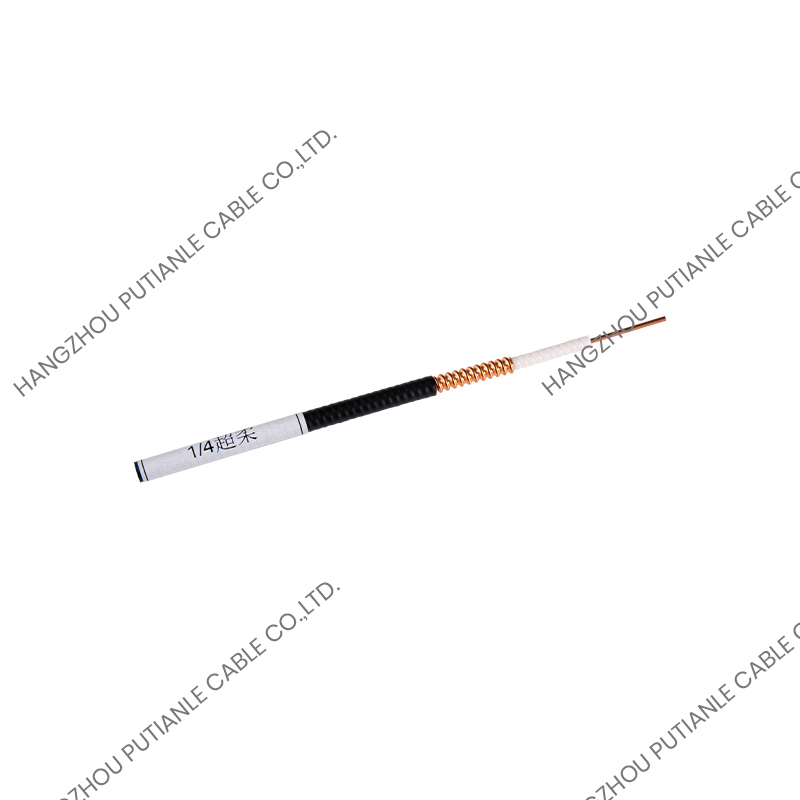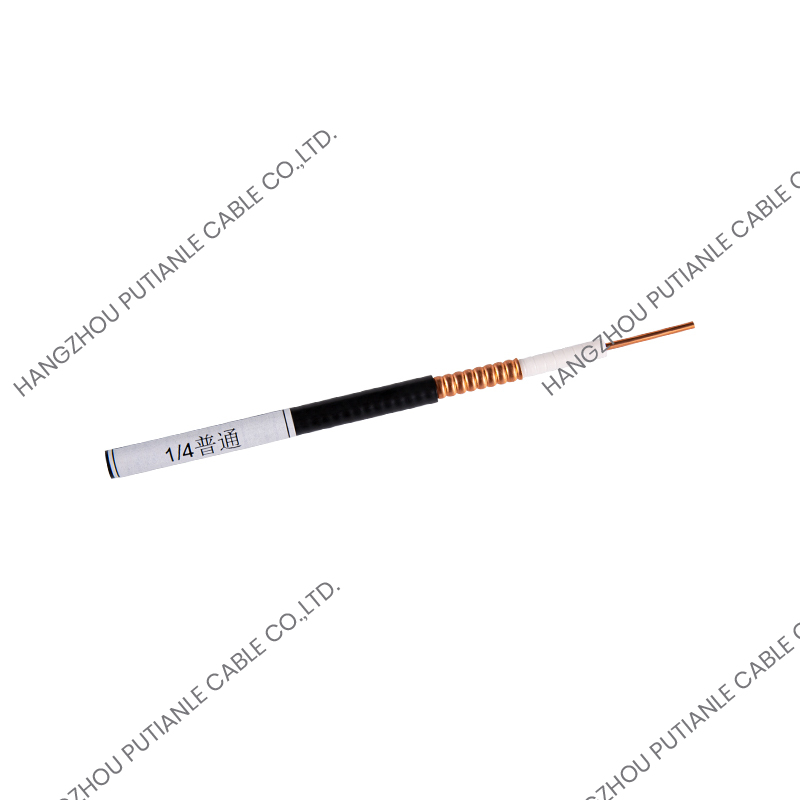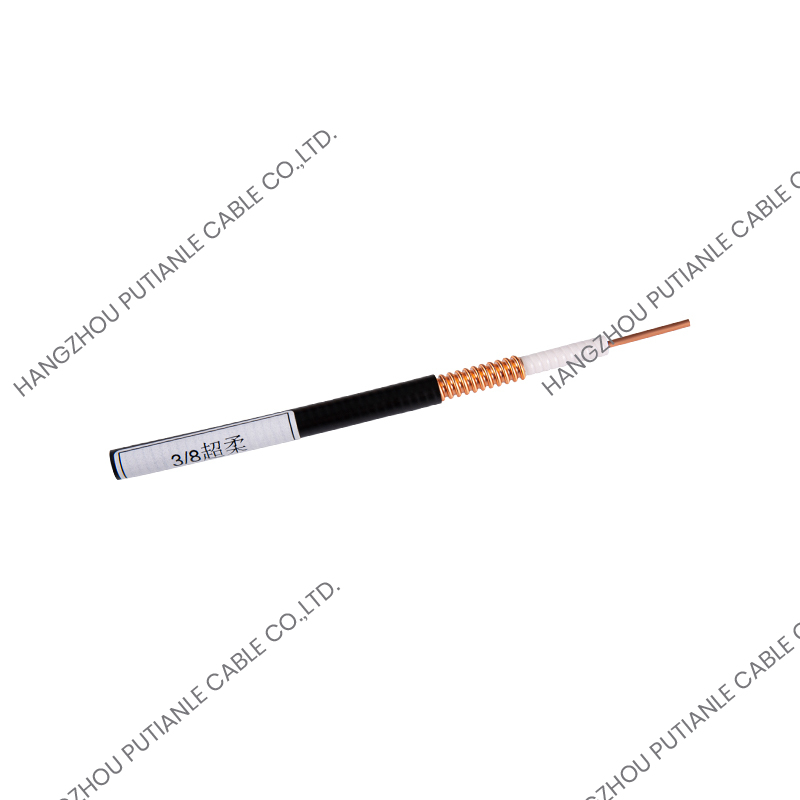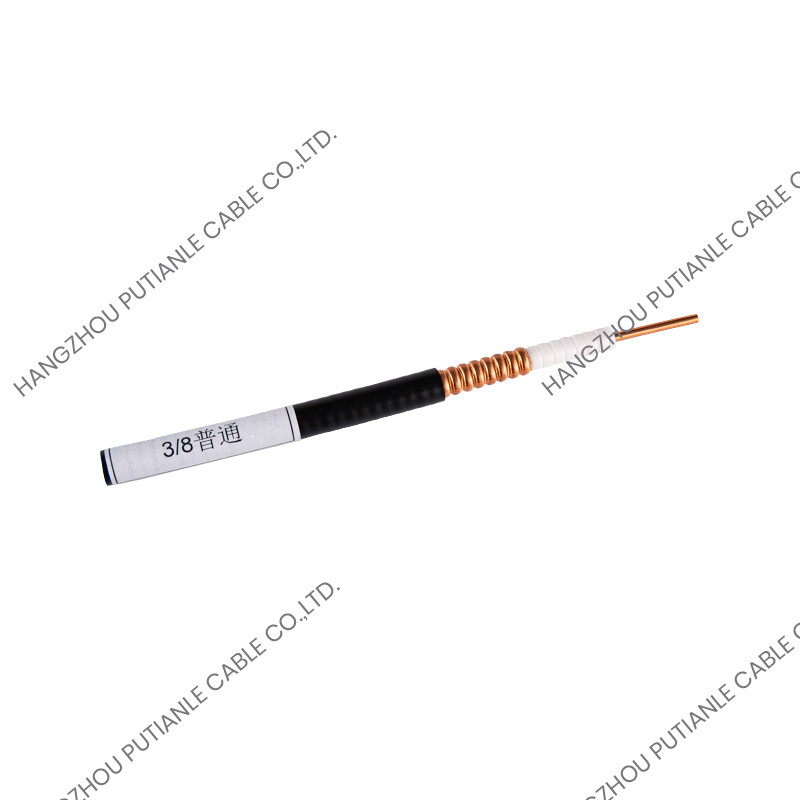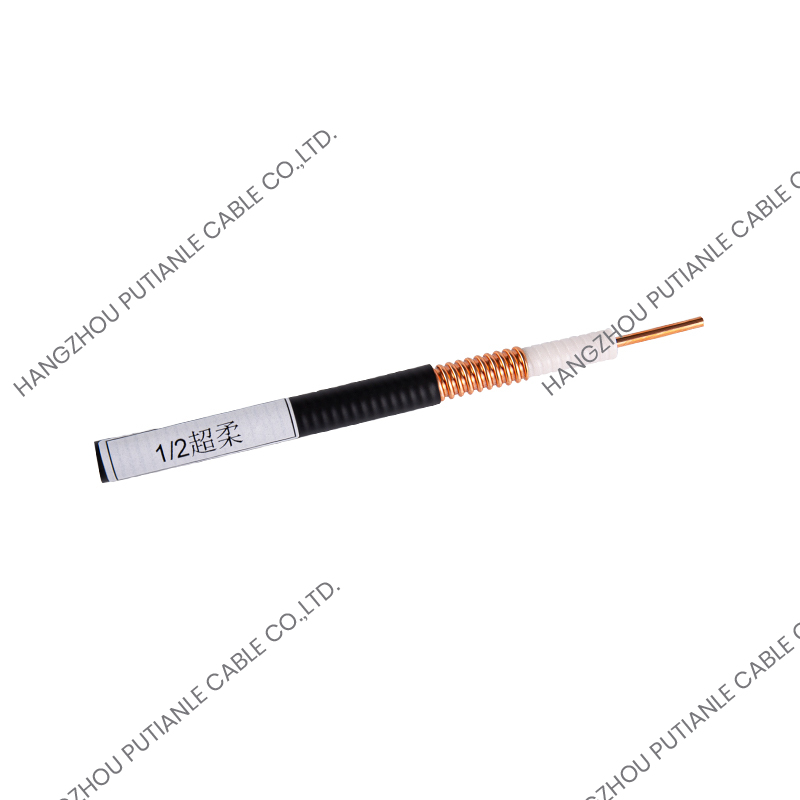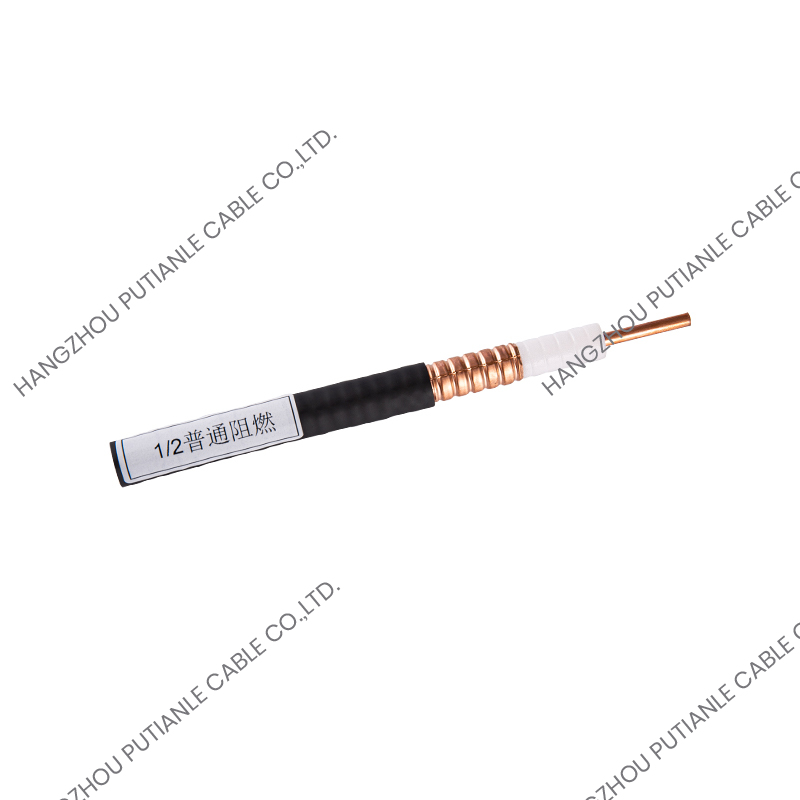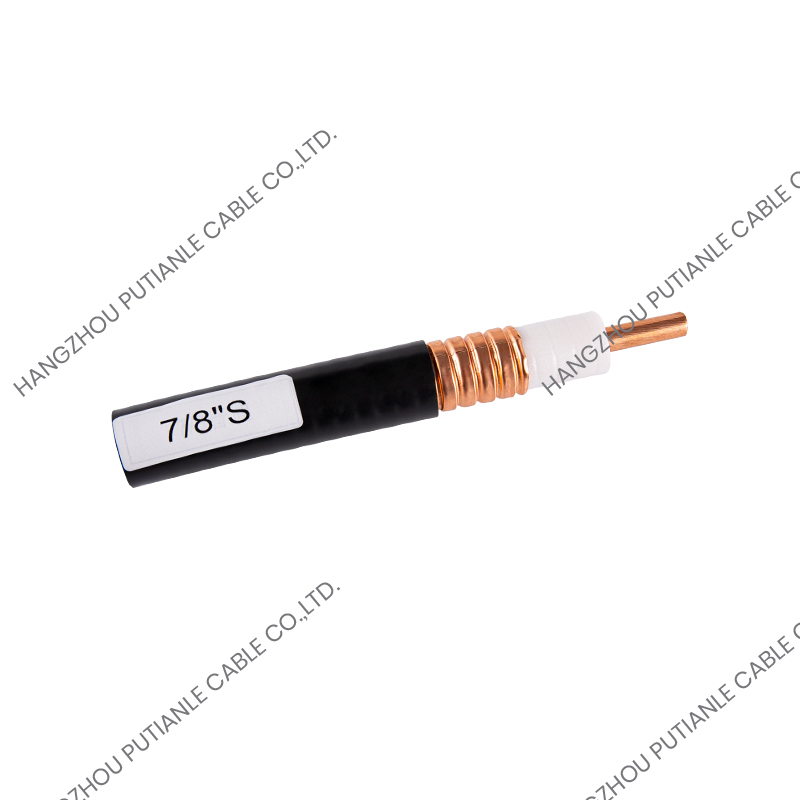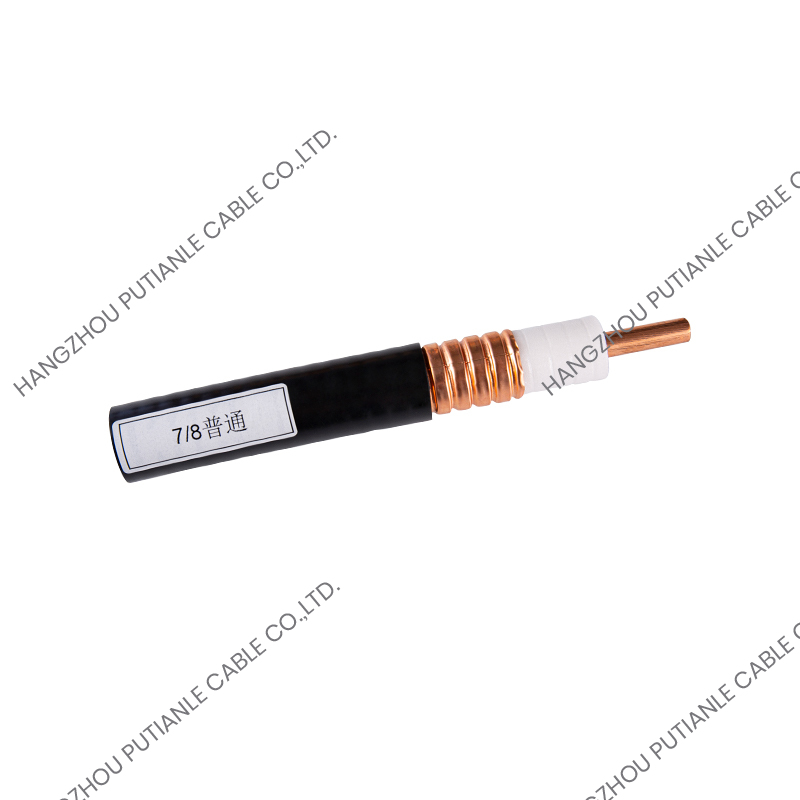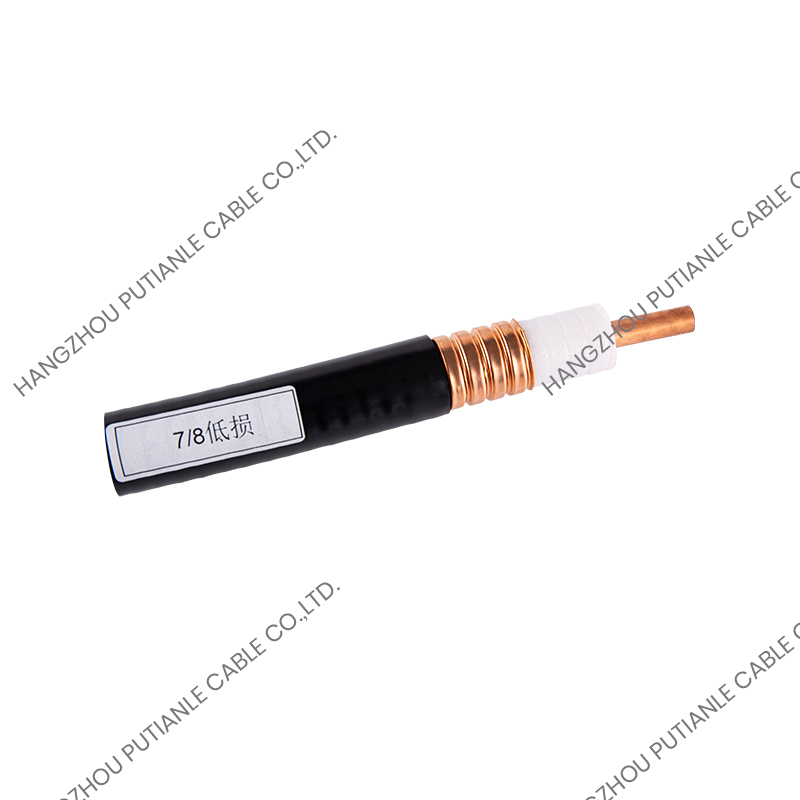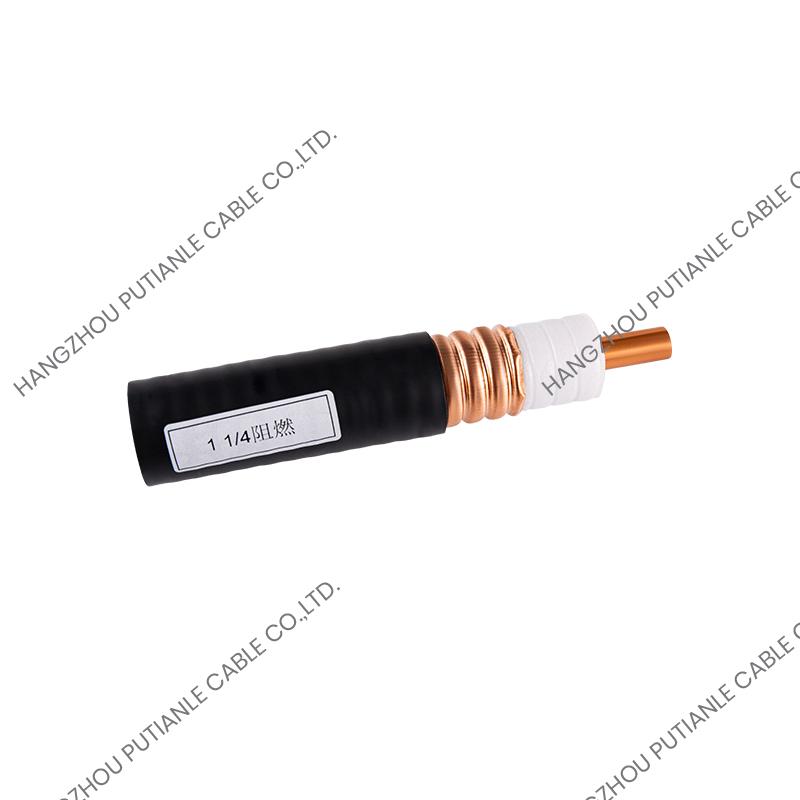75 Ohm cables are a fundamental component in telecommunications, broadcasting, video transmission, and networking systems, providing reliable signal transfer for a wide range of applications. While the cable’s characteristic impedance of 75 ohms is essential for signal integrity, another equally critical factor is its braiding structure. The braid, usually made of metallic strands surrounding the inner conductor, plays a crucial role in determining both the durability and flexibility of the cable. Understanding how the braiding structure influences these properties is key for engineers, installers, and end-users seeking long-lasting, high-performance cable solutions.
This article explores the mechanics of braiding, its impact on cable durability and flexibility, materials considerations, and best practices for selecting and using 75 Ohm braiding cables.
1. Overview of 75 Ohm Cables
1.1 Basic Structure
A typical 75 Ohm cable consists of three main components:
- Inner Conductor: Carries the electrical signal; often solid copper or stranded copper wire.
- Dielectric Insulation: Separates the inner conductor from the outer shield; maintains the characteristic impedance.
- Outer Shield/Braiding: A woven mesh of metallic strands, usually copper or tinned copper, that serves as a shield against electromagnetic interference (EMI) and physical damage.
The outer braid is the primary focus when discussing durability and flexibility.
1.2 Key Applications
- Broadcasting: Cable TV, satellite TV, and professional video systems.
- Networking: Coaxial network connections and data transmission.
- Instrumentation: Test equipment, sensors, and signal monitoring systems.
- Consumer Electronics: Audio/video cables for home entertainment systems.
The braid’s design can significantly impact how well the cable performs in these applications.
2. Braiding Structure: Definition and Types
2.1 What Is Braiding?
Braiding refers to the woven mesh of metallic strands that wraps around the dielectric of the cable. It provides:
- Electromagnetic shielding: Prevents external interference from degrading the signal.
- Mechanical protection: Protects the inner conductor from cuts, abrasions, and bending stresses.
- Structural integrity: Maintains the cable’s shape and supports repeated handling.
2.2 Common Braiding Patterns
The braiding structure varies based on strand density, pattern, and materials, influencing durability and flexibility.
- Tight Braid: High coverage percentage, dense weave; offers maximum shielding and protection but reduces flexibility.
- Loose Braid: Lower coverage, open weave; allows for higher flexibility but slightly reduced shielding.
- Double Braid: Two layers of braiding for enhanced durability and EMI protection.
- Flat vs. Round Braid: Round braids are common for standard coaxial cables; flat braids may be used in specialized applications for space-saving or aesthetic reasons.
3. How Braiding Affects Durability
3.1 Mechanical Protection
The outer braid provides a physical barrier that protects the cable from:
- Abrasion and cuts: A dense braid prevents sharp objects from reaching the dielectric or inner conductor.
- Compression: Reduces deformation when the cable is stepped on or pinched.
- Impact Resistance: Braiding distributes stress along the cable, reducing the likelihood of localized damage.
Example: In industrial environments where cables may be exposed to rough surfaces, a tight braid significantly extends the service life of the cable.
3.2 Electromagnetic Shielding
Braiding also ensures signal durability by shielding the inner conductor:
- High coverage braids (>85%): Provide excellent EMI/RFI protection, maintaining signal quality over long distances.
- Low coverage braids (<70%): May be more flexible but allow minor signal leakage, potentially affecting video or audio clarity.
The balance between shielding and flexibility is critical in environments where signal integrity is paramount.
3.3 Corrosion Resistance
The braid material and construction influence durability under environmental stress:
- Tinned Copper: Resistant to oxidation and corrosion; suitable for outdoor or humid conditions.
- Bare Copper: Offers higher conductivity but may corrode over time if exposed to moisture.
- Aluminum or Alloy Braids: Lightweight, cost-effective, but less durable under physical stress.
Proper material selection combined with the braiding pattern ensures that 75 Ohm cables maintain mechanical and signal durability over years of use.
4. How Braiding Affects Flexibility
4.1 Strand Size and Count
- Thin Strands: More numerous and flexible, allowing the cable to bend and coil easily without damaging the braid.
- Thick Strands: Provide higher mechanical strength but reduce flexibility, making the cable harder to maneuver in tight spaces.
4.2 Braid Tightness
- Tight Braid: Offers maximum shielding but restricts bending; repeated flexing may cause strand breakage over time.
- Loose Braid: Easier to bend, coil, or route, suitable for applications requiring frequent movement or installation in constrained spaces.
4.3 Cable Diameter and Jacket Influence
The braiding’s contribution to flexibility is also affected by:
- Cable diameter: Thicker cables are generally stiffer.
- Outer jacket material: Flexible PVC or polyurethane jackets complement braid flexibility; rigid jackets may negate braid advantages.
Example: High-quality 75 Ohm cables designed for professional video production use a loose, thin-strand braid to allow easy coiling and repeated deployment while maintaining shielding.
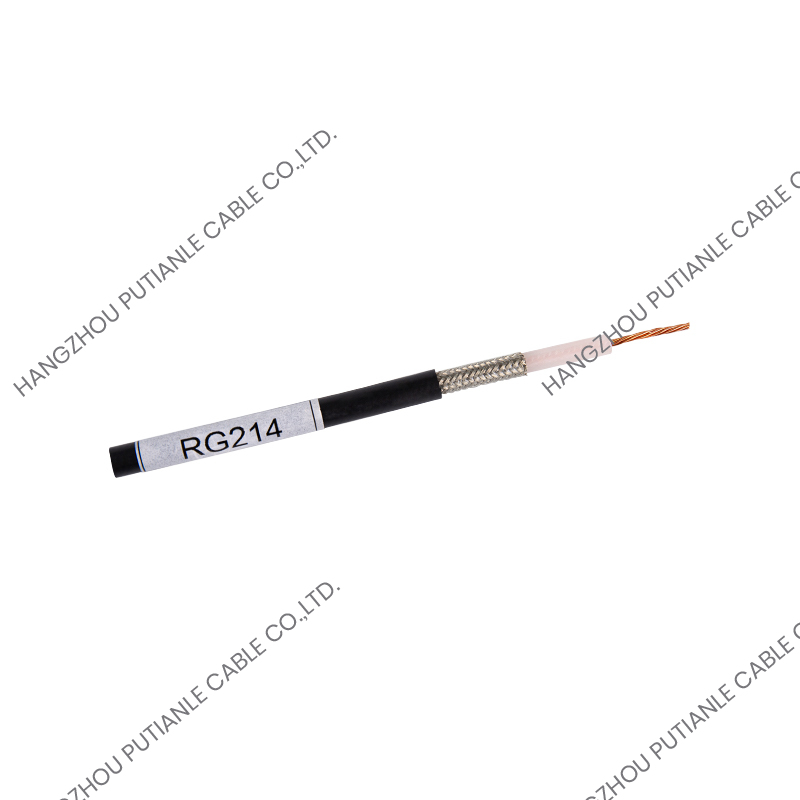
5. Optimizing Durability and Flexibility
The ideal braiding structure depends on application requirements:
5.1 High-Durability Applications
- Industrial and outdoor installations: Use tight, double-layer braids with corrosion-resistant materials.
- Maximize coverage: Ensures mechanical and electromagnetic protection.
- Trade-off: Slightly reduced flexibility is acceptable for fixed installations.
5.2 High-Flexibility Applications
- Portable or coiled cables: Opt for thin, loose braids with multiple small strands.
- Low-stress environments: Sufficient shielding coverage (70–85%) balances flexibility and signal integrity.
- Benefit: Easier handling, routing, and storage without compromising performance.
5.3 Hybrid Solutions
- Combination braids: Some cables use multi-strand braids of varying tightness, achieving both flexibility and high shielding.
- Jacket engineering: Soft, elastic jackets further improve bending characteristics without compromising braid integrity.
6. Practical Considerations for Installation and Use
- Avoid Excessive Bending: Even flexible braided cables have a minimum bend radius to prevent strand breakage.
- Proper Handling: Pulling, twisting, or crushing cables can damage braiding, leading to signal degradation or mechanical failure.
- Connector Compatibility: Ensure braiding is properly terminated at connectors to maintain EMI shielding and structural integrity.
- Environmental Protection: For outdoor or corrosive environments, select tinned or coated braids to prolong cable lifespan.
7. Case Studies
7.1 Broadcasting Applications
- High-definition television (HDTV) systems often use 75 Ohm coaxial cables.
- Tight braids ensure minimal signal loss over long runs.
- Durability is critical during frequent setup and teardown for events or production.
7.2 Networking and Data Transmission
- Coaxial networks rely on 75 Ohm cables for signal stability.
- Loose, thin-strand braids allow cables to be routed through walls or conduits without kinking.
- Balances mechanical protection with installation flexibility.
7.3 Industrial Control Systems
- Machinery and control panels often use 75 Ohm braided cables in high-vibration environments.
- Double braids and tinned copper resist mechanical fatigue and corrosion.
- Flexibility is less critical than durability, favoring tight, high-coverage braids.
8. Conclusion
The braiding structure of 75 Ohm cables is a critical factor that influences both durability and flexibility. Its role can be summarized as follows:
- Durability: Dense or double braids protect against mechanical stress, EMI, and corrosion, extending the cable’s operational life.
- Flexibility: Strand thickness, count, and braid tightness determine how easily the cable can bend, coil, and handle repeated movement.
- Trade-offs: High coverage increases protection but reduces flexibility; loose braids improve handling but slightly reduce shielding.
Selecting the right braiding structure requires consideration of environmental conditions, mechanical stress, installation requirements, and signal integrity needs. By carefully balancing these factors, engineers and installers can achieve reliable, long-lasting performance in a wide range of applications, from broadcasting and networking to industrial control systems.
Ultimately, the braid is not just a shield—it is a structural and functional component that determines the cable’s lifespan, usability, and performance. Understanding how braiding affects these properties ensures that 75 Ohm cables continue to meet the demanding needs of modern telecommunication and electronic systems.


 中文简体
中文简体 English
English Español
Español
